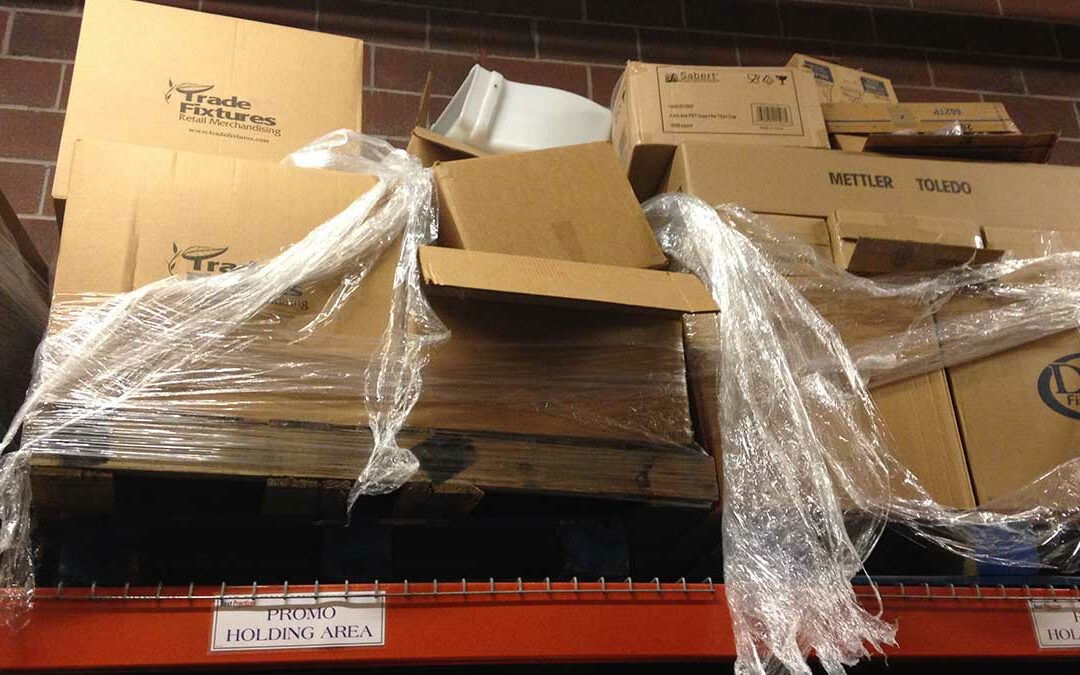How high can a pallet be safely stacked? That’s a question Local 400 members find themselves asking all too often.
When goods come into supermarkets and grocery stores, they are supposed to be safe to unload, move and unpack. Yet members frequently find overloaded stacks that are nine feet high, leaning to one side and straining against their shrink wrap.
This presents a number of obvious problems and threats. If the boxes on top are not secured properly, they can slide off and hit a worker on the head, potentially causing serious injury. If the stack is leaning, it could tip over and crush someone. Plus, an employee moving the pallet cannot see over its top—or around it if it’s in a backroom hallway—presenting a clear danger to anyone inadvertently in the way.
One common dilemma is the need to remove the top two layers of a stack so it can fit in a cooler door. If doing so requires a worker to climb on top of an unstable load, that is clearly a safety threat. If it means that a worker will subject himself or herself to great physical strain, that is also unacceptable. Too many workers suffer back, leg and arm injuries as a result of material handling.
Under U.S. Occupational Safety and Health Administration (OSHA) regulations, employers are obligated to provide safe work environments for all of their employees at all times. When workers have to move and deal with pallets that are stacked too high or are unstable, their safety is at risk and their employer is in violation of OSHA regulations.
If you encounter this kind of situation, notify management and your shop steward immediately. It’s management’s job to notify the warehouse about unsafe loads coming from another destination. It’s the company’s obligation to keep you safe at your workplace. And if your employer fails to take corrective action, call your Local 400 representative right away. Your health is too important to be put at risk.

